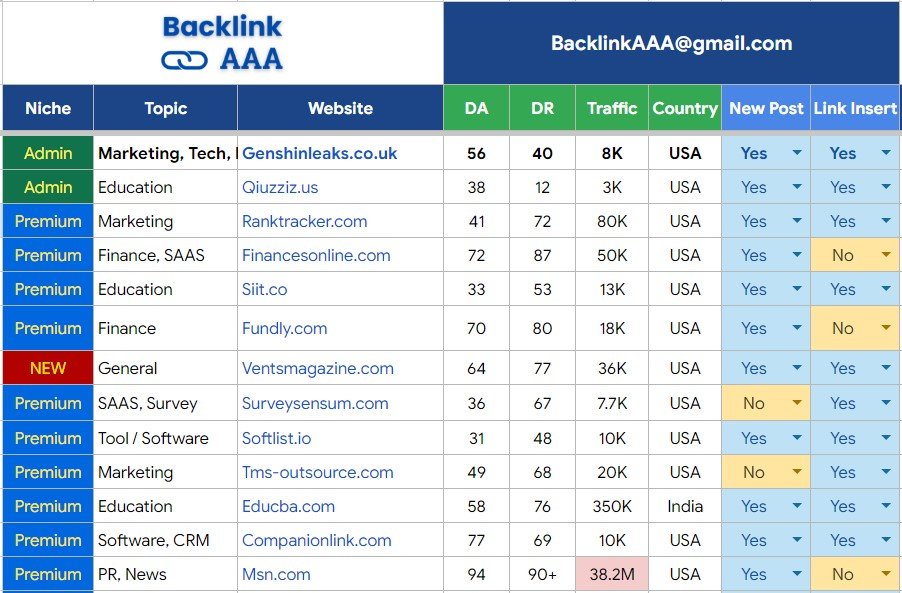
Organizations seeking to demonstrate their security commitment often face a critical decision between SOC 2 and ISO 27001 frameworks. While both validate security practices, they differ substantially in scope, approach, and global recognition. This comparison examines these key compliance standards to help determine which better suits your specific business requirements.
Origins and governing bodies
SOC 2 originated from the American Institute of Certified Public Accountants (AICPA) specifically for service organizations. It meticulously evaluates how companies safeguard customer data and the effectiveness of their control operations.
ISO 27001, however, was developed by the International Organization for Standardization in collaboration with the International Electrotechnical Commission. This comprehensive framework establishes specific requirements for implementing, maintaining, and continuously improving information security management systems (ISMS) across organizations of all types.
Geographical recognition
The geographical footprint creates another significant distinction between these standards. SOC 2 predominates in North America, particularly within the United States. Many American enterprises specifically request SOC 2 reports from their vendors during procurement processes, making it a virtual requirement for doing business in certain sectors.
In contrast, ISO 27001 carries stronger international recognition. European organizations frequently require this certification, while Asian and South American markets likewise favor ISO compliance. For companies operating globally or expanding into international markets, this standard often provides broader acceptance. Companies in the soc 2 uk space often need to consider both frameworks to satisfy different client requirements.
Certification process
The certification journey differs markedly between frameworks. SOC 2 culminates in an audit report rather than a certification. These reports come in two distinct varieties:
- Type 1: Evaluates control design at a specific moment in time
- Type 2: Examines control effectiveness over extended periods (typically 6-12 months)
ISO 27001 follows a more structured certification path. Organizations undergo implementation, documentation, and internal audits before seeking certification through accredited bodies. Certifications remain valid for three years with mandatory surveillance audits occurring annually to ensure ongoing compliance.
Framework structure
ISO 27001 imposes a rigid framework containing 114 controls across 14 domains. These requirements span organizational processes from asset management to supplier relationships. This prescriptive approach specifically dictates what organizations must implement to achieve compliance.
SOC 2 offers greater flexibility in comparison. It evaluates controls against five Trust Services Criteria: security, availability, processing integrity, confidentiality, and privacy. Organizations can select applicable criteria based on their customer commitments and system attributes, allowing for a more tailored approach to compliance.
Risk assessment approach
Risk assessment methodology represents another fundamental divergence between these frameworks. ISO 27001 mandates comprehensive risk assessment processes as a cornerstone of implementation. Organizations must identify, analyze, and treat risks systematically. This thorough assessment determines which specific controls warrant implementation.
Conversely, SOC 2 takes a controls-first approach to security validation. While risk considerations exist within the framework, it primarily evaluates control effectiveness against predefined criteria rather than emphasizing risk management processes. This difference reflects the contrasting philosophies underlying each standard.
Implementation costs
Implementation expenses naturally vary between these frameworks. SOC 2 typically proves less expensive initially, particularly for smaller organizations embarking on their compliance journey. However, recurring audit costs can accumulate over time, especially when maintaining Type 2 reports.
In contrast, ISO 27001 often demands greater upfront investment due to its comprehensive scope and extensive documentation requirements. The implementation process typically requires more significant organizational changes compared to SOC 2 compliance efforts. Many organizations seek specialized soc consulting services to navigate these complex implementation challenges cost-effectively.
Documentation requirements
ISO 27001 demands extensive documentation, including detailed policies, procedures, and evidence of control implementation. Organizations must maintain comprehensive records demonstrating ISMS effectiveness and continual improvement activities throughout the certification lifecycle.
SOC 2 documentation requirements focus primarily on evidence supporting Trust Services Criteria. While still substantial, this documentation typically centers around control operations rather than comprehensive management systems, reflecting the different emphasis of each framework.
Business value proposition
Both frameworks deliver substantial business value, albeit through different mechanisms. SOC 2 reports provide detailed insights into control effectiveness, offering potential customers concrete assurance regarding data protection practices. These reports often streamline vendor assessment processes in North American markets.
ISO 27001, meanwhile, demonstrates systematic security management through internationally recognized certification. This recognition can open doors in global markets where ISO standards carry significant weight, potentially creating meaningful competitive advantages for certified organizations.
Complementary relationship
Despite their differences, these frameworks complement each other effectively in practice. Many forward-thinking organizations pursue both to maximize market recognition and strengthen their overall security posture. SOC 2 reports frequently reference ISO 27001 controls, streamlining dual compliance efforts and reducing redundant work.
The choice between SOC 2 and ISO 27001 ultimately depends on your organization’s specific needs, geographical focus, and customer requirements. Carefully assessing these factors helps determine which framework—or whether implementing both—will best serve your security compliance objectives both now and as your organization evolves.













